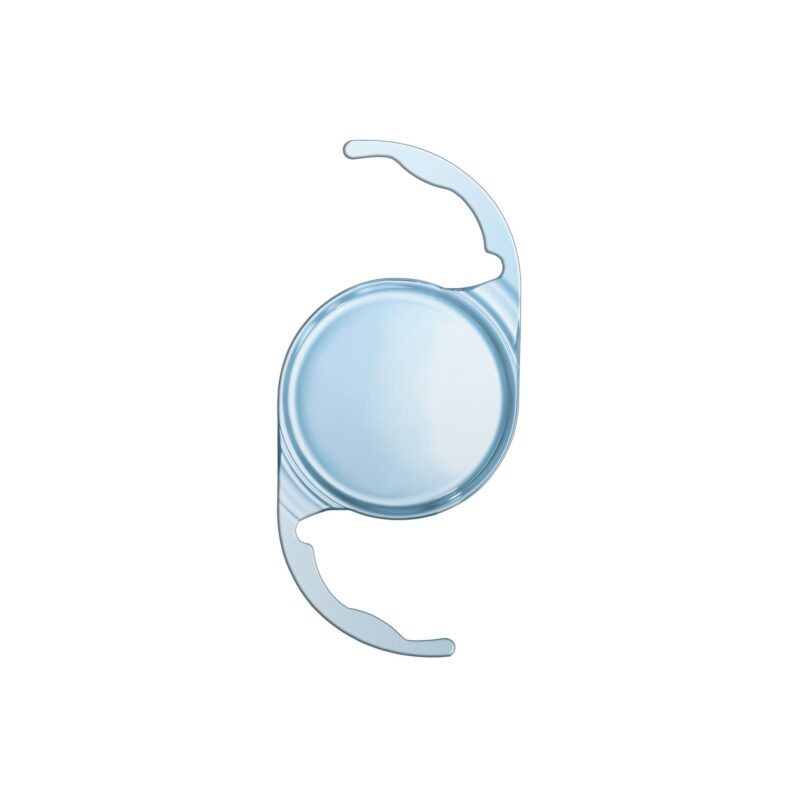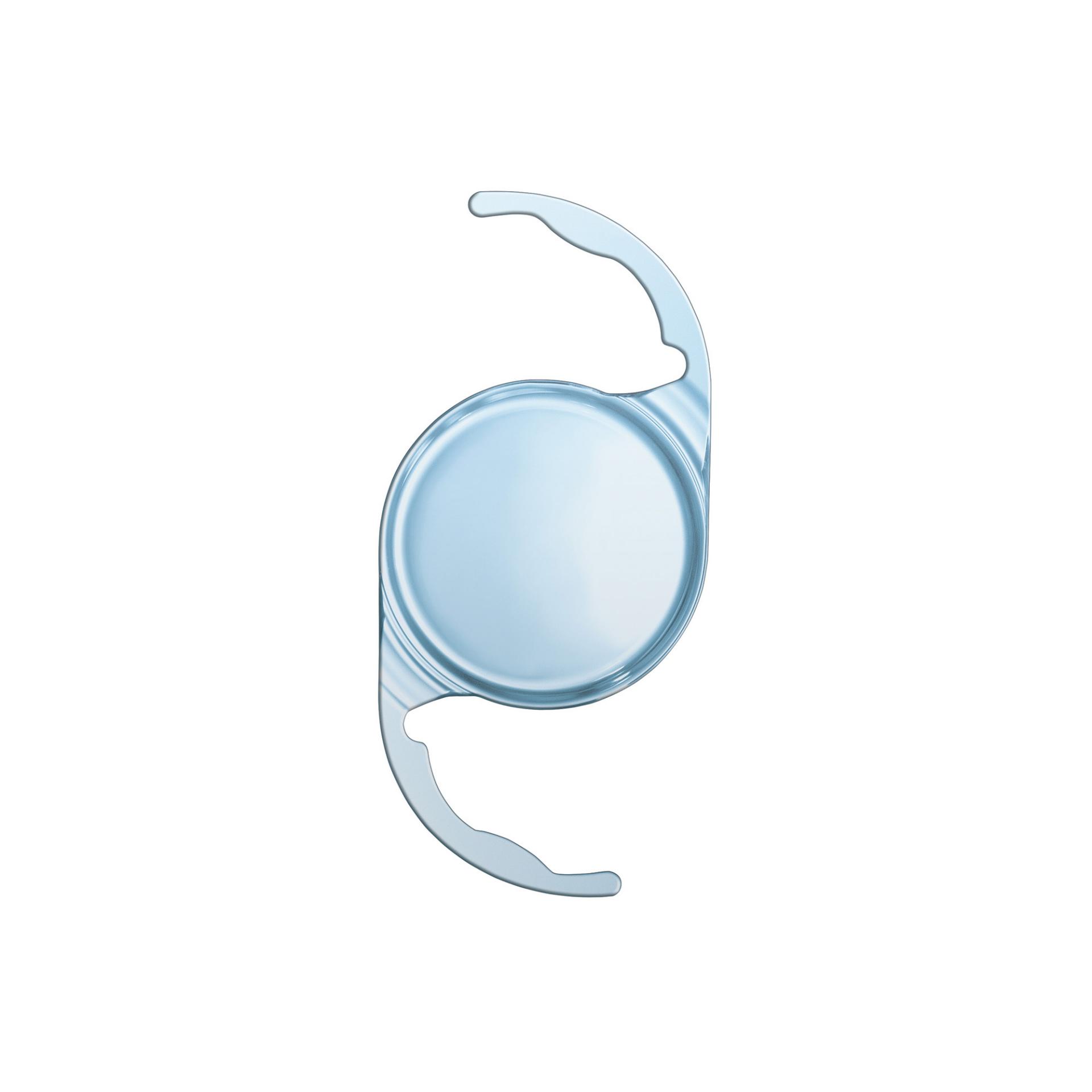INTRODUCTION:
Intraocular lenses (IOLs) have revolutionized the field of ophthalmology, offering individuals with cataracts or refractive errors a chance to regain clear vision and improve their quality of life. One significant aspect that often concerns patients is the cost of these lenses.
INTRAOCULAR LENS COST:
Surgeons implant intraocular lenses inside the eye to replace the natural lens during cataract surgery or to correct refractive errors like nearsightedness, farsightedness, and astigmatism. These lenses offer different vision solutions, with types such as monofocal, multifocal, and toric, each addressing specific needs.

Factors Influencing Intraocular Lens Cost:
Type of Lens: The type of intraocular lens selected significantly impacts its cost. Monofocal lenses, which provide clear vision at one distance, are typically the most affordable option. Multifocal and toric lenses, offering vision correction at multiple distances or correcting astigmatism, respectively, often come at a higher price point due to their advanced technology.
Intraocular lenses are made from different materials, such as silicone or acrylic.
Customization: Some intraocular lenses are customizable to fit the unique needs of individual patients. Customization may involve additional testing, measurements, or advanced technology, contributing to higher costs.
The surgeon charges a fee for performing cataract surgery and implanting the intraocular lens, which is a significant component of the overall cost.. Fees may vary based on the surgeon’s experience, location, and the complexity of the procedure.
Facility Fees: Costs associated with the surgical facility or hospital where the procedure takes place can also affect the overall expense. Factors such as the facility’s reputation, amenities, and location may influence facility fees.
The cost of intraocular lenses varies depending on the region or country where the procedure is performed. Urban areas and regions with higher living costs may have higher overall expenses.
Insurance Coverage: Health insurance coverage plays a crucial role in determining out-of-pocket expenses for intraocular lens surgery. Some insurance plans may cover a portion of the procedure and associated costs, while others may require patients to pay more.
Tips for Managing Intraocular Lens Costs:
Consultation and Research: Schedule consultations with ophthalmologists to discuss your options and obtain cost estimates. Research different types of intraocular lenses and their associated costs to make an informed decision.
Verify your health insurance coverage to understand whether it includes intraocular lens surgery. Be aware of any deductibles, copayments, or out-of-pocket expenses you may incur.
Consider Long-Term Value: While upfront costs may seem significant, consider the long-term benefits of intraocular lens surgery in terms of improved vision and reduced dependence on corrective eyewear.
Discuss Financing Options:
If the out-of-pocket costs are a concern, inquire about financing options or payment plans offered by the surgical facility or your healthcare provider.
- Type of Lens: The type of intraocular lens selected significantly impacts its cost. Monofocal lenses, which provide clear vision at one distance, are typically the most affordable option. Multifocal and toric lenses, offering vision correction at multiple distances or correcting astigmatism, respectively, often come at a higher price point due to their advanced technology.
- Intraocular lenses are made from materials like silicone or acrylic. The material choice can affect the lens’s durability, clarity, and overall performance, thus influencing its cost.
- Customization: Some intraocular lenses are customizable to fit the unique needs of individual patients. Customization may involve additional testing, measurements, or advanced technology, contributing to higher costs.
- Surgeon’s Fee: The surgeon’s fee for performing cataract surgery and implanting the intraocular lens is a significant component of the overall cost. Fees may vary based on the surgeon’s experience, location, and the complexity of the procedure.
- Facility Fees: Costs associated with the surgical facility or hospital where the procedure takes place can also affect the overall expense. Factors such as the facility’s reputation, amenities, and location may influence facility fees.
- The cost of intraocular lens can vary depending on the region or country where the procedure is performed.
- Insurance Coverage: Health insurance coverage plays a crucial role in determining out-of-pocket expenses for intraocular lens surgery. Some insurance plans may cover a portion of the procedure and associated costs, while others may require patients to pay more.
Tips for Managing Intraocular Lens Costs:
- Consultation and Research: Schedule consultations with ophthalmologists to discuss your options and obtain cost estimates. Research different types of intraocular lenses and their associated costs to make an informed decision.
- Verify your health insurance coverage to determine if it includes intraocular lens surgery.. Be aware of any deductibles, copayments, or out-of-pocket expenses you may incur.
- Consider Long-Term Value: While upfront costs may seem significant, consider the long-term benefits of intraocular lens surgery in terms of improved vision and reduced dependence on corrective eyewear.
- Discuss Financing Options: If the out-of-pocket costs are a concern, inquire about financing options or payment plans offered by the surgical facility or your healthcare provider.
- Evaluate Surgeon Experience and Facility Quality: While cost is a consideration, prioritize the experience and reputation of the surgeon and the quality of the surgical facility to ensure successful outcomes and minimize the risk of complications.
Author Details:
Dr. Sushruth Appajigowda holds a prominent position as a Cornea, Cataract, Glaucoma, and LASIK Surgeon in Bangalore. He serves as the chief Cataract and Refractive surgeon at Vijaya Nethralaya Eye Hospital, Nagarbhavi Bangalore. Renowned as one of the finest LASIK surgeons nationwide, he brings with him over 12+ years of experience across multiple LASIK platforms, including ZEISS, ALCON, SCHWIND, AMO, and Bausch and Lomb. Dr. Sushruth has successfully conducted over 5000 LASIK procedures and holds the title of Certified Refractive Surgeon and Fellow of the All India Collegium of Ophthalmology. Furthermore, he stands as a distinguished speaker at various National and International Forums, using his expertise to guide you in selecting the most suitable procedure based on your health requirements.

http://vijayanethralaya.com/link-in-bio/
CONCLUSION:
Intraocular lens surgery offers a transformative solution for individuals with cataracts or refractive errors, but navigating the associated costs can be daunting. By understanding the factors influencing intraocular lens cost and implementing strategies to manage expenses, patients can make informed decisions to achieve optimal vision correction while considering their financial circumstances. Consulting with experienced ophthalmologists and exploring insurance coverage options are essential steps in the journey toward clearer vision and improved quality of life.

